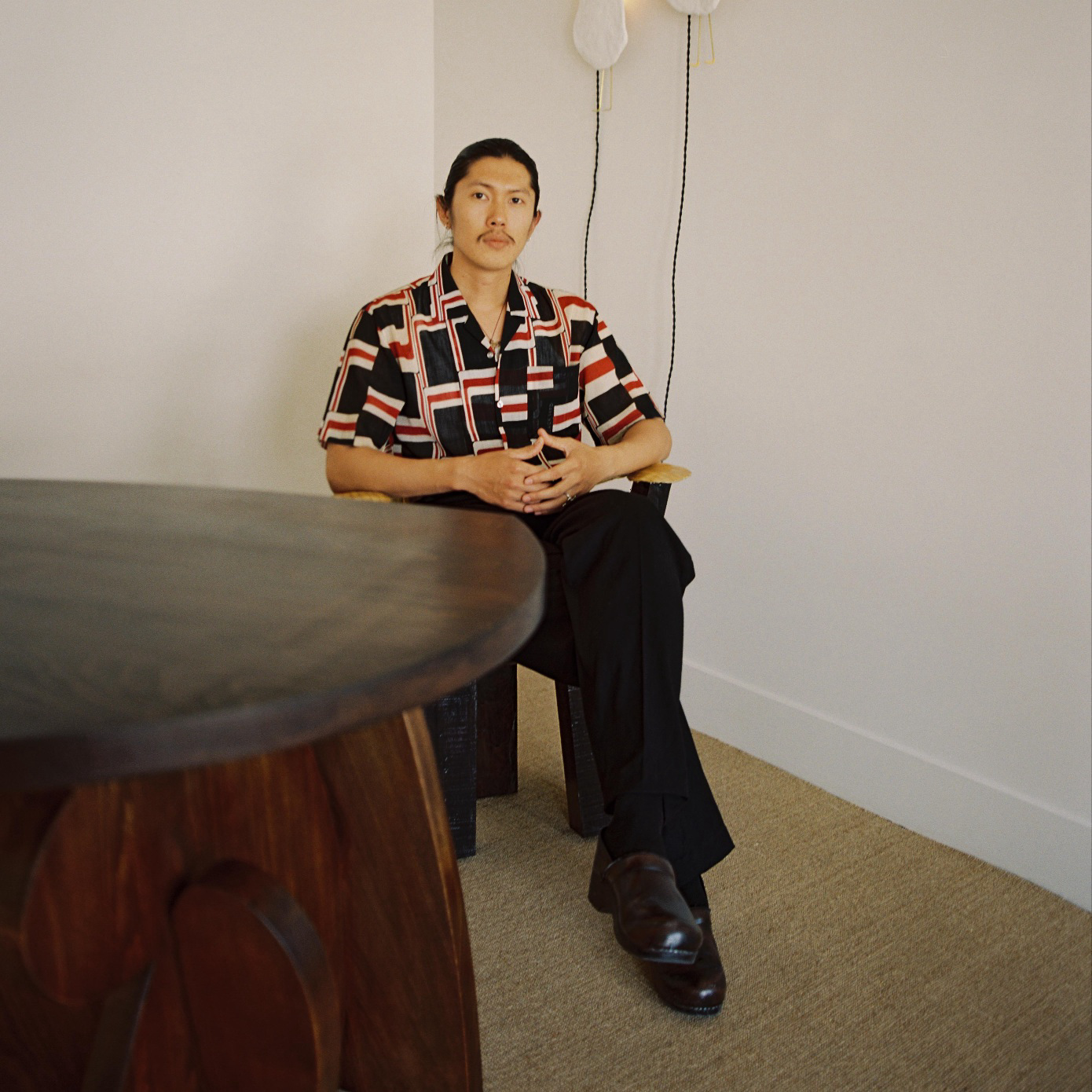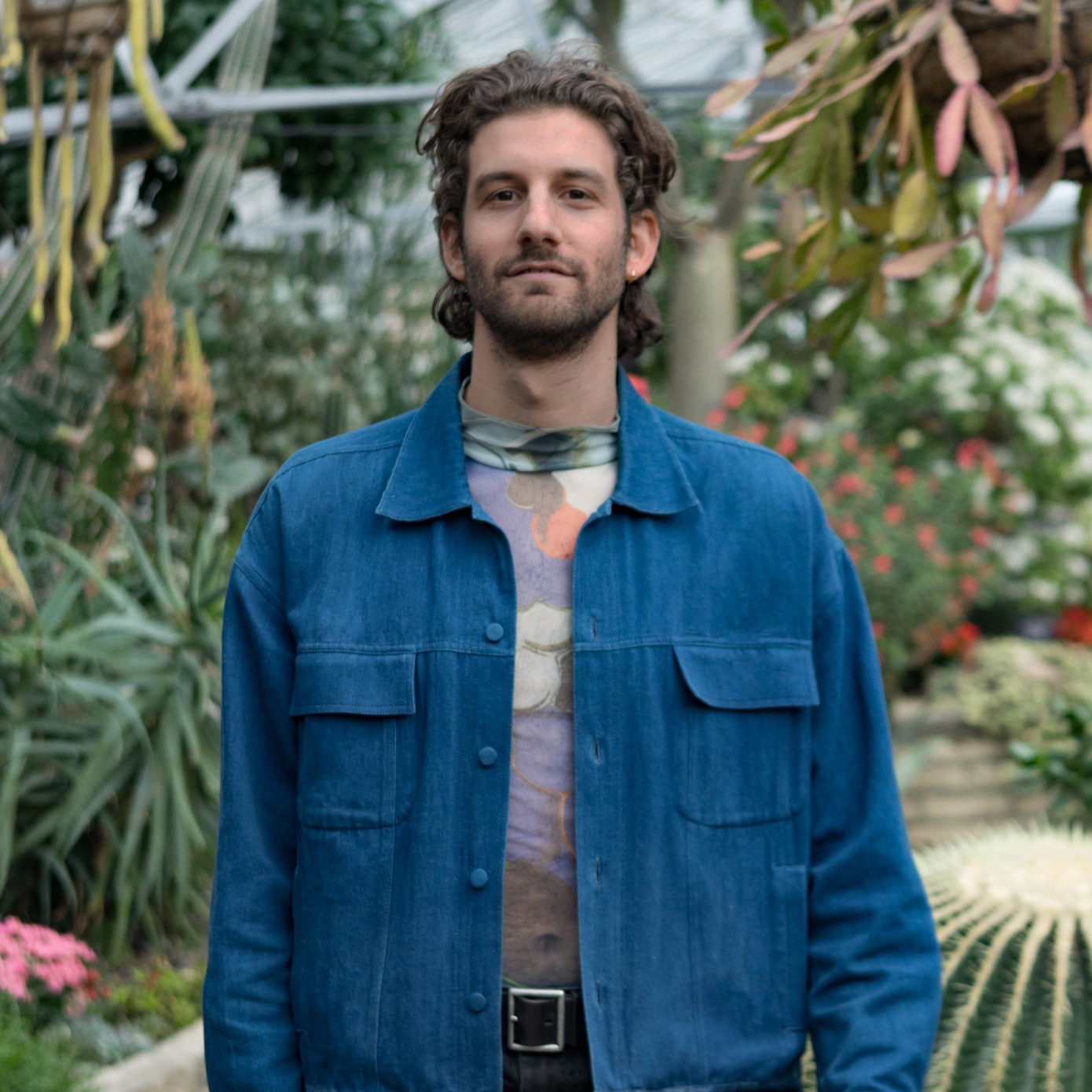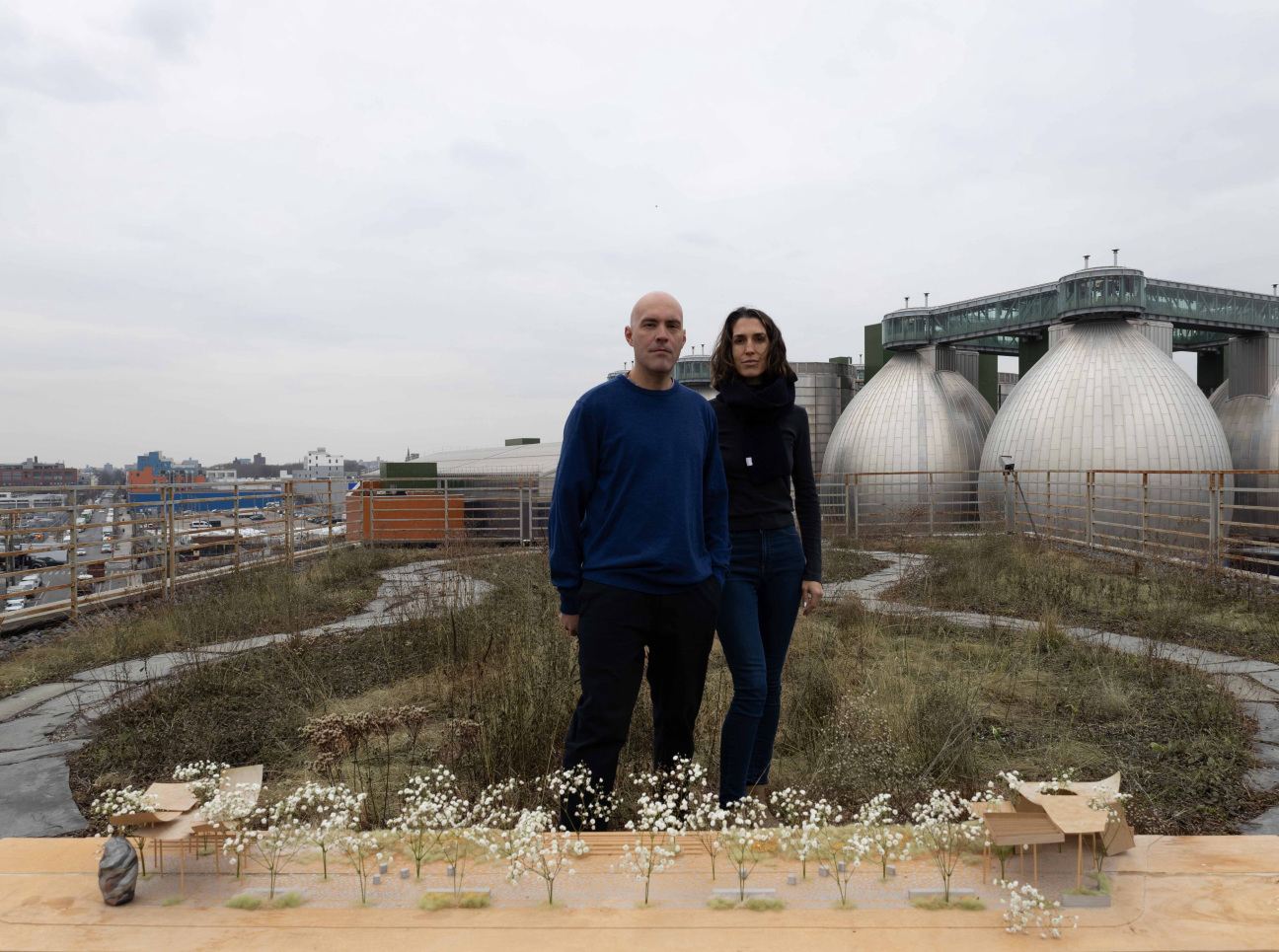
“You can only shift the profession by being unprofessional,” laughs Marlisa Wise. Indeed, Interval Projects, the practice she co-founded with Benedict Clouette, is advancing the field of architecture. The pair have designed residences, health clinics, and offices since 2016, but it’s Interval Projects’s long-term work with activist and advocacy groups, and its aptitude for public-facing design proposals, that distinguishes its approach. The pair also boast a design ethos that challenges traditional approaches to architectural problem-solving.
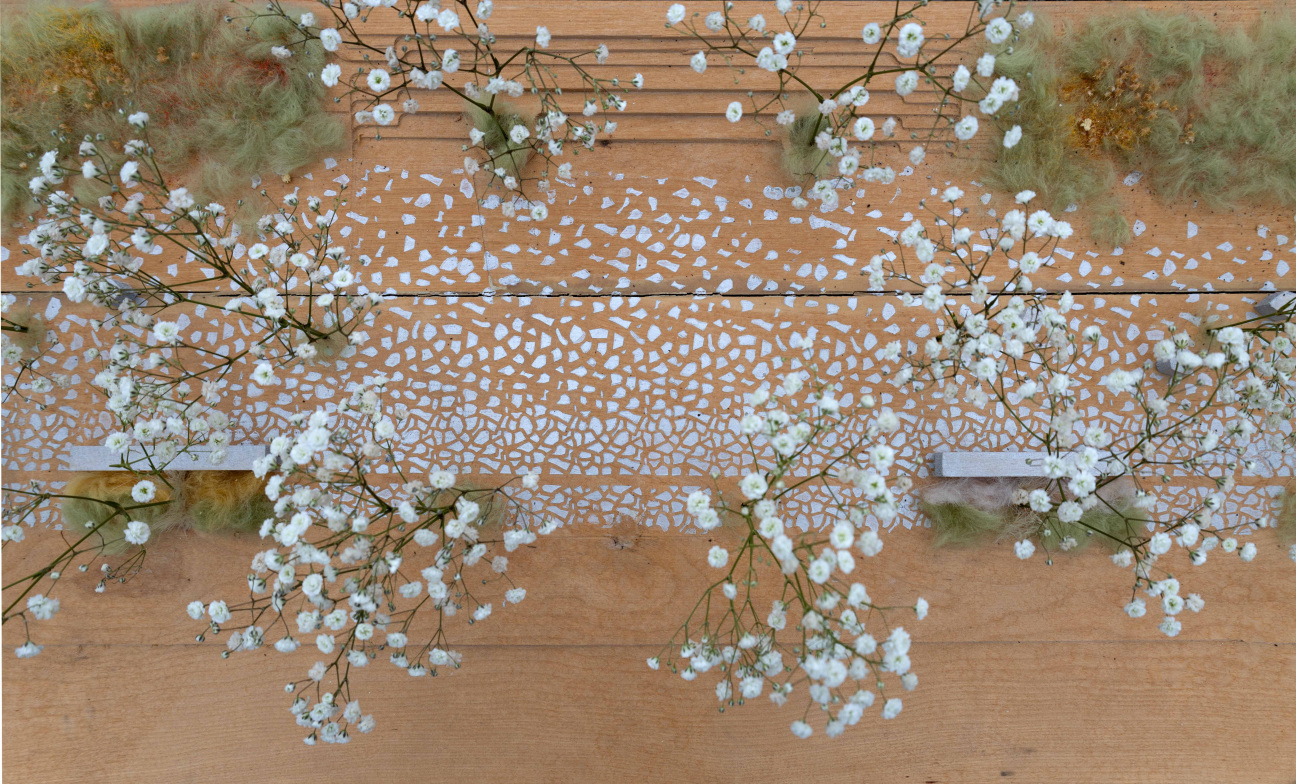
The duo has been involved in a number of adaptive reuse projects focused on creating access to vacant public land. The first is Dutch Kills Loop, a landscape above an abandoned rail line in Long Island City, Queens. Wise and Clouette were hired by a public coalition to design a proposal for the Metropolitan Transportation Authority, and their designs gave the organization the political leverage it needed to reclaim the abandoned land for public recreation. The project, currently under construction, is one of the studio’s first large-scale and long-term community-focused initiatives.
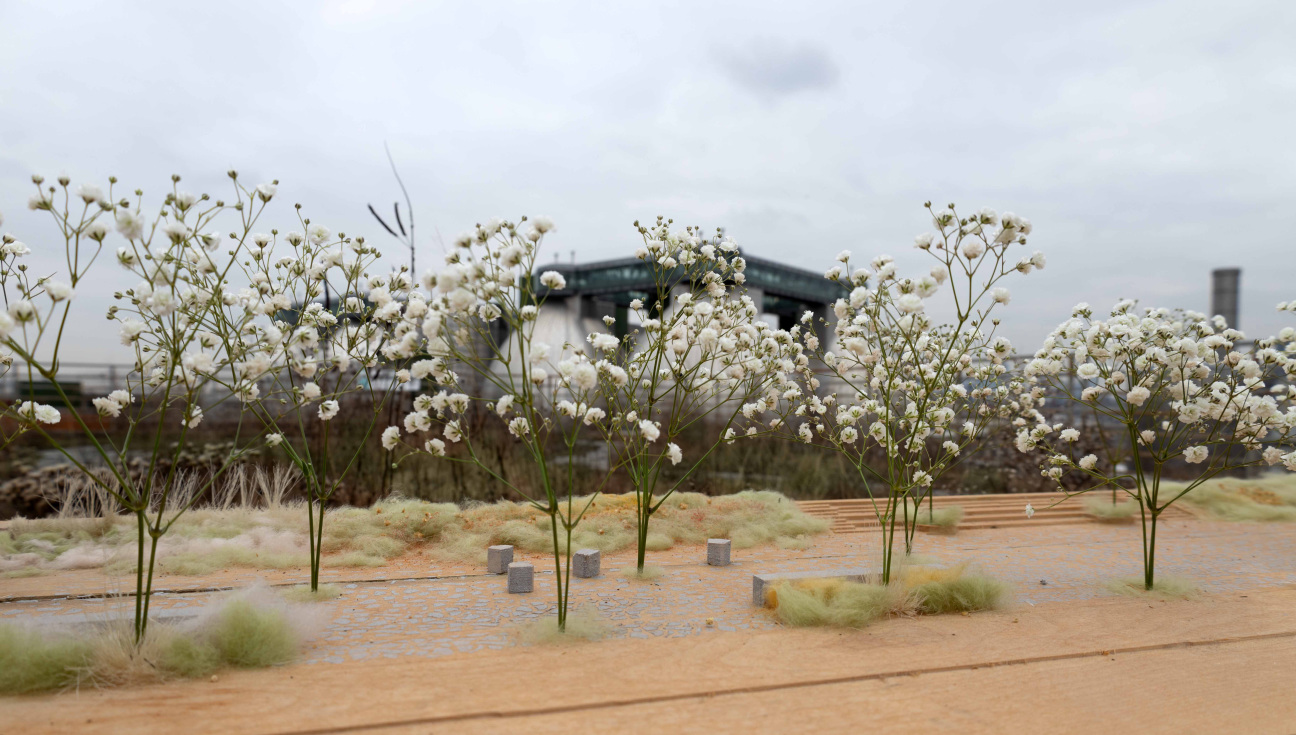
Interval Projects is also transforming a Superfund site in Butte, Montana. After the EPA’s initial proposal to cap the site—formerly part of a copper mining operation in need of a decades-long cleanup—in a layer of concrete, Wise and Clouette were hired by the Restore Our Creek Coalition—a network of businesses, non-profits, artists, gardeners, and other community members—to draft a proposal that offered access to the land. (The community was so eager for their input that their project fee was covered by a local nun.) Instead of capping the site in concrete, Interval Projects’s plan removed mining waste from the creek, treated the water, and restored the space for public use.
In both cases, Wise and Clouette’s designs were eventually handed over to another architect, engineer, and builder to take over, due to the particularities of publicly funded constructions. But this collaborative cadence is just part of the process for the Interval Projects co-founders. “I like to use the analogy of a beach ball,” Clouette offers. “The ball has certain physical parameters that are built into its design, but once you throw it into a crowd, the social situation that unfolds isn’t in your control."

